-
×
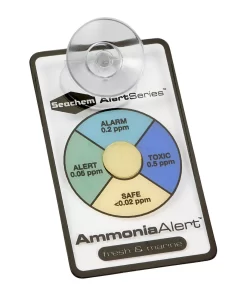 Ammonia Alert - Continuous Ammonia Sensor
2 × Q150.00
Ammonia Alert - Continuous Ammonia Sensor
2 × Q150.00
Ocellaris – Percula Clownfish
Q300.00
Name:
Percula Clownfish
Scientific Name:
Amphiprion percula
Maximum Size:
3” (7.6 cm)
Out of stock
SKU: Ocellaris - Percula Clownfish
Categories: Fish, Ocellaris Clownfish
Tags: Captive-Bred Fish, fish, ocellaris clownfish, Percula Clownfish
Description
The Percula Clownfish, also known as the True Percula, or Clown Anemonefish, is normally found in association with anemones on the reefs of Oceania, the Indo-Pacific, and the Great Barrier Reef. It can be found individually, or more commonly, in pairs or small groups within the same anemone such as Heteractis magnifica or Stichodactyla mertensii. Captive-Bred Percula Clownfish are usually mostly orange and white when young. As the fish matures the black sections between the white stripes will darken with age. Captive-Bred specimens differ from their wild-caught counterparts in that their stripes are often irregular. These characteristics add to the uniqueness and appeal of these fish.
Temperament & Captive Care
The temperament and captive care requirements for Clownfishs are very similar to that of the regular Ocellaris Clownfish. It is relatively peaceful and hardy. They thrive in saltwater aquariums with or without an anemone present.
Feeding
Most clownfish are omnivorous feeders, meaning that they will consume a variety of different food types. In nature the diet of clownfish consists of crustaceans (such as copepods and amphipods), algae, polychaete worms and leftovers from the anemone’s meal. Our captive bred fish are conditioned to eat a variety of aquarium diets including pellets, flake food, frozen Mysis shrimp and frozen brine shrimp.
Aquarium Host Anemones
Clownfish do not require host anemones to survive or thrive. However, in most cases they will readily accept them. As a reference, the natural host anemones of the regular Ocellaris Clownfish are Magnificent Sea Anemone (Heteractis magnifica), Giant Carpet Sea Anemone (Stichodactyla gigantean) and Merten’s Carpet Sea Anemone (Stichodactyla mertensii).
Be the first to review “Ocellaris – Percula Clownfish” Cancelar respuesta
- Specific Gravity Range: 1.020-1.025
- Reef Safe: Yes
- Temperature Range: 75-82
- Min Tank Size (in gallons): 30
- Difficulty: Easy to Moderate
- Invert Safe: Yes
- Diet: Omnivore
- pH Range: 8.1-8.4
- Community Safe: Yes
- Max Size (in inches): 3
Related products
Sale!
Aquariums
Q200.00 – Q225.00
Cleaning Tools
Q30.00 – Q50.00
Algae & Treatments
Q399.00
Fish
Q300.00
Fish
Q1,600.00
Out of stock
Fish
Q1,250.00 – Q2,500.00
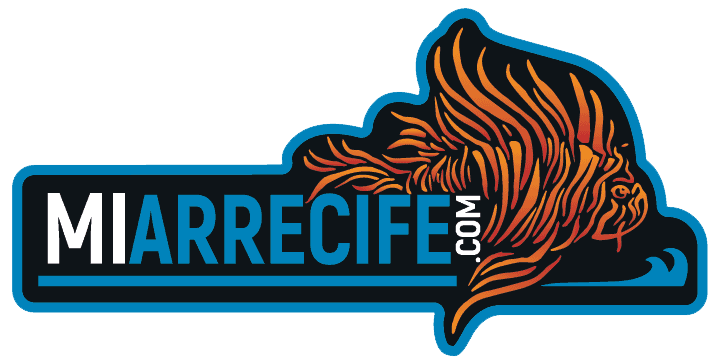
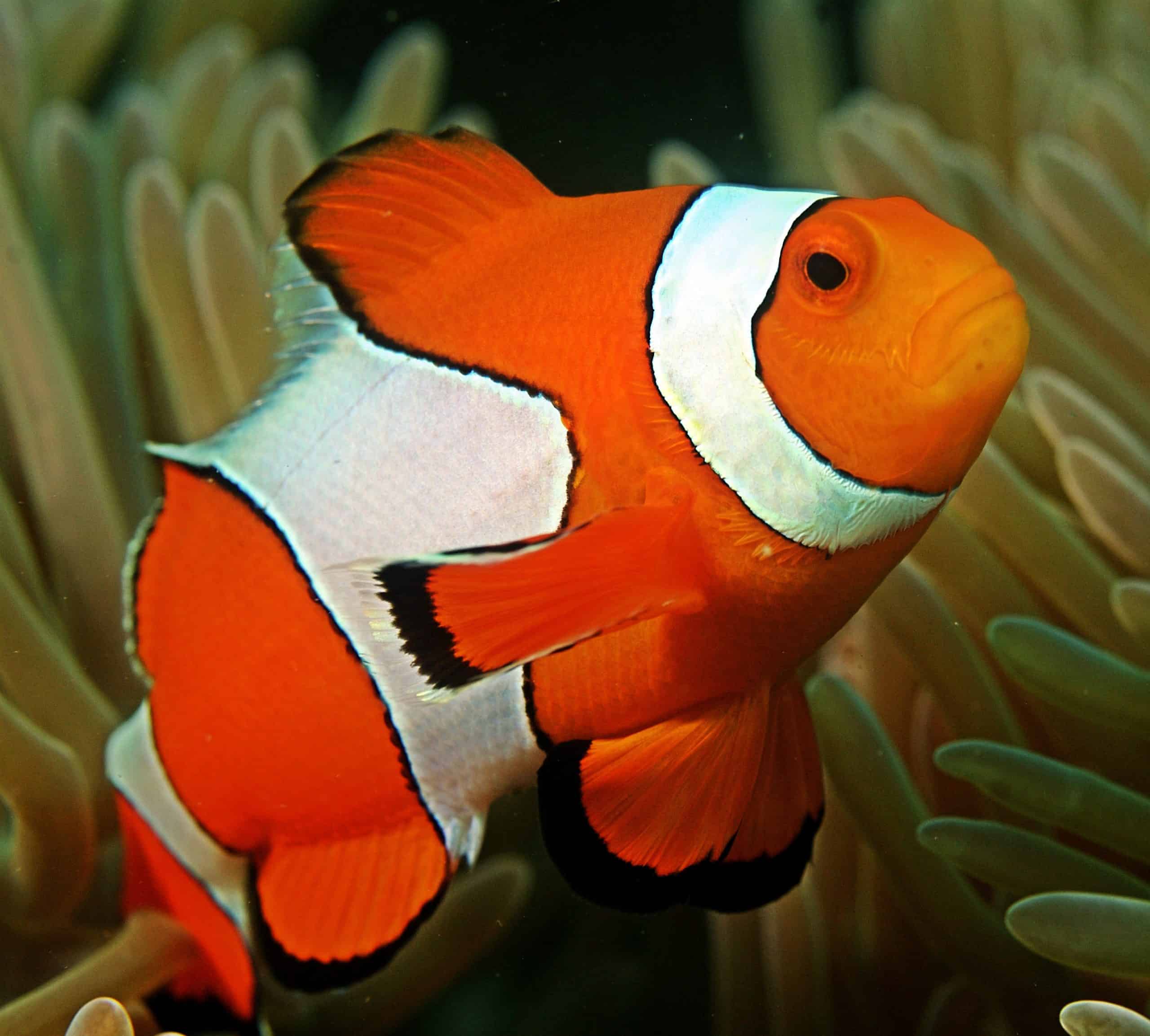
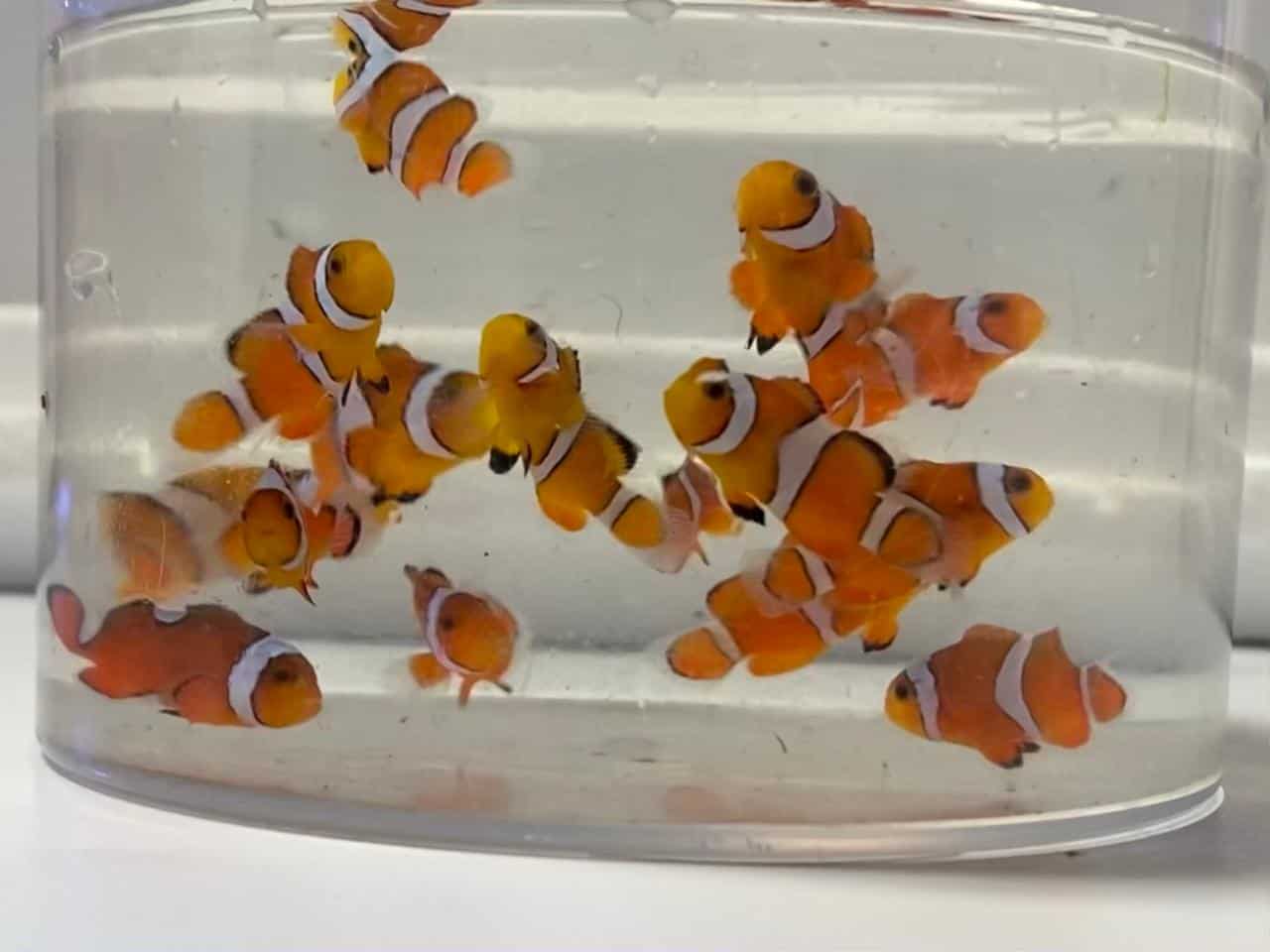
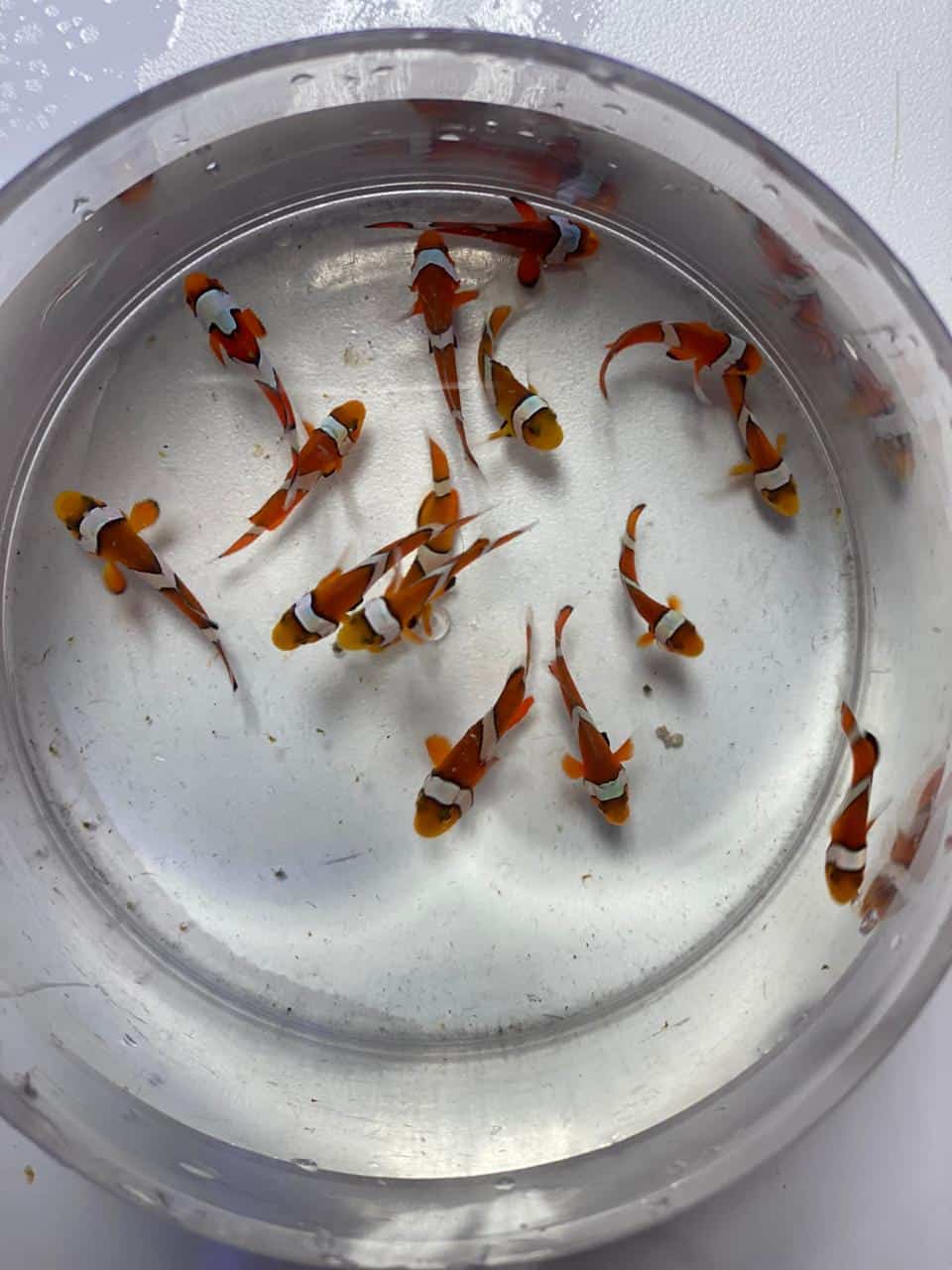
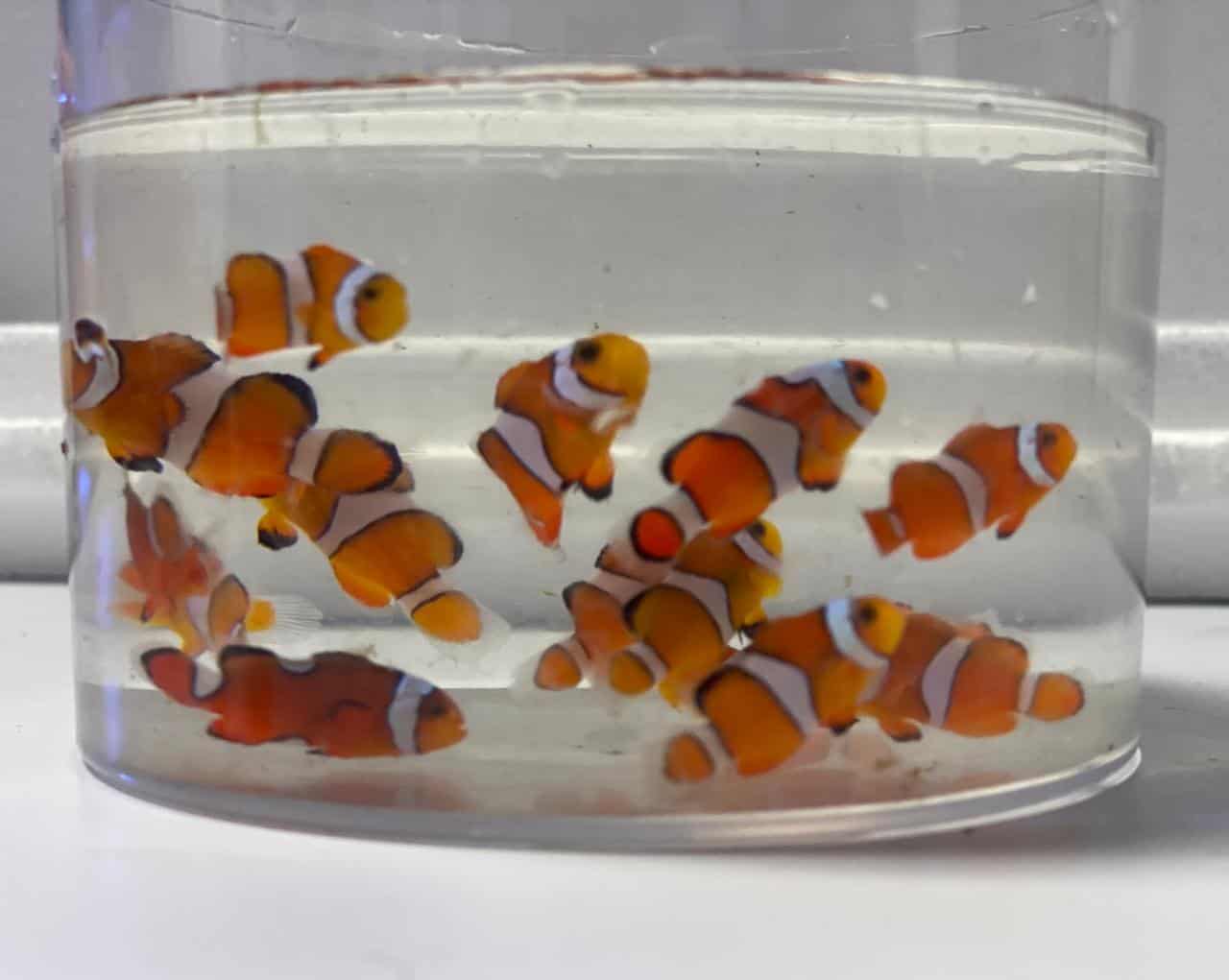
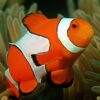
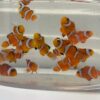
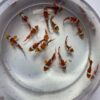
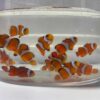
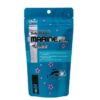
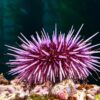
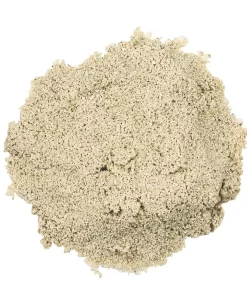
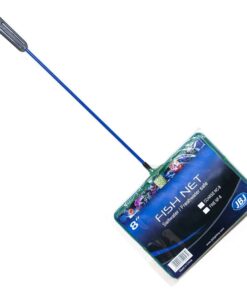
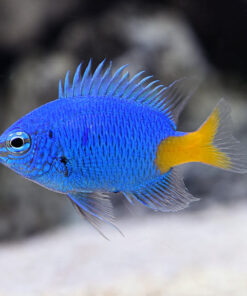
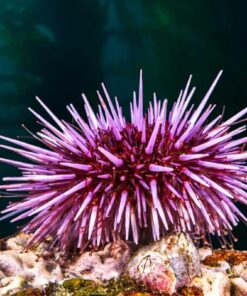
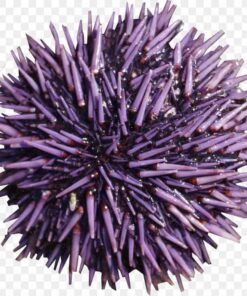
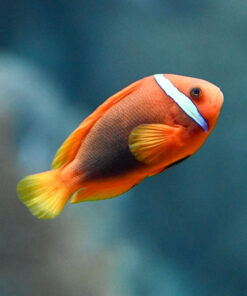
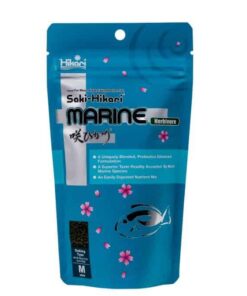
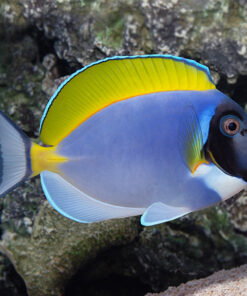
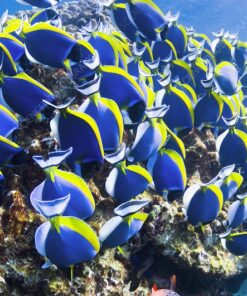
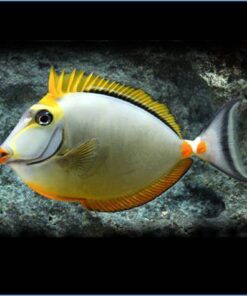
Reviews
There are no reviews yet.